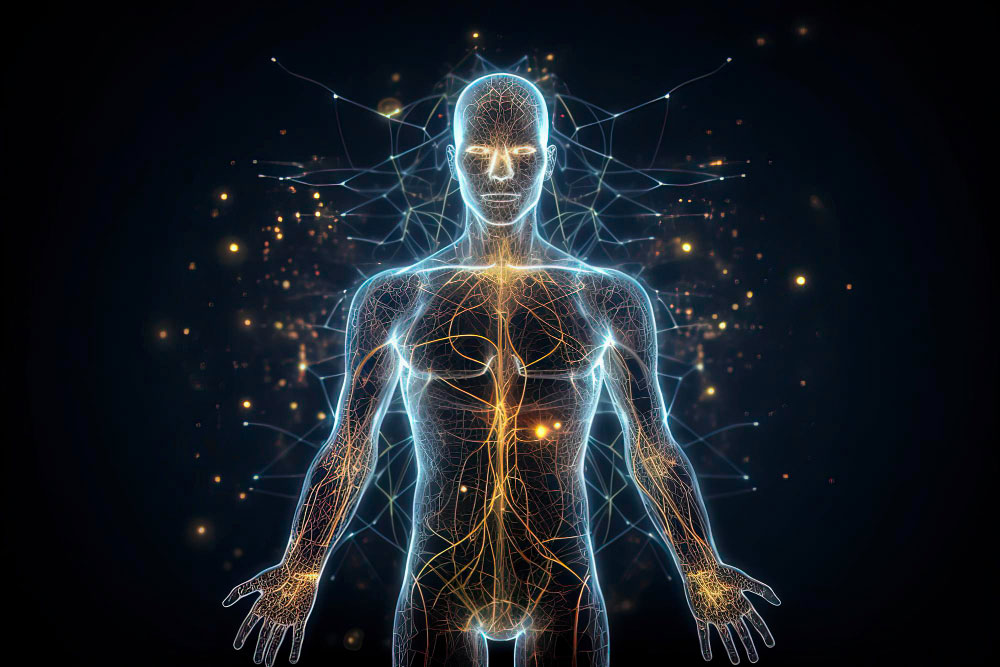New Technology to Break Through the Challenges of CAR-T Therapy: The Future Opened Up by Multi-Omics× AI× and 4D Imaging
Although CAR-T therapy has brought innovation, challenges remain, such as detoughing, antigen escape, immunosuppressive tumor microenvironment (TME), and secondary T-cell malignancies. The latest research highlights the following technological innovations as the key to overcoming these barriers:
Three Major Technology Approaches
Multi-omics integrated analysis
Comprehensive data such as genome (WGS/WES), epigenome (ATAC-seq), transcriptome (scRNA-seq), and proteome (CyTOF) are used to elucidate the whole picture of CAR-T.
4D imaging technology
Visualization of CAR-T dynamics using super-resolution microscopy and in vivo radiomics (PET/CT) on a spatial × time axis.
AI & Computer Vision
AlphaFold3 optimizes CAR design, tracks cell-cell interactions in real-time, and predicts biomarkers for improved accuracy.
Key Results and Impact
Discovery of new targets (e.g., CSF1R/CD86 in AML) and multi-target CAR design
Identification of immunosuppressive niches (e.g., CAF subtypes) of TME improves the accuracy of effect prediction
Early biomarkers of degranulation signals (ctDNA and microbiome) revolutionize toxicity risk management
4D image analysis enables route optimization and real-time effect evaluation
Ripple effects on industry
AI-driven CAR design standardizes manufacturing processes and reduces costs
Dynamic Monitoring Accelerates Application to Solid Tumors and Autoimmune Diseases
Attracting attention as a fundamental technology for the realization of “general-purpose CAR-T” from “personalized medicine”
